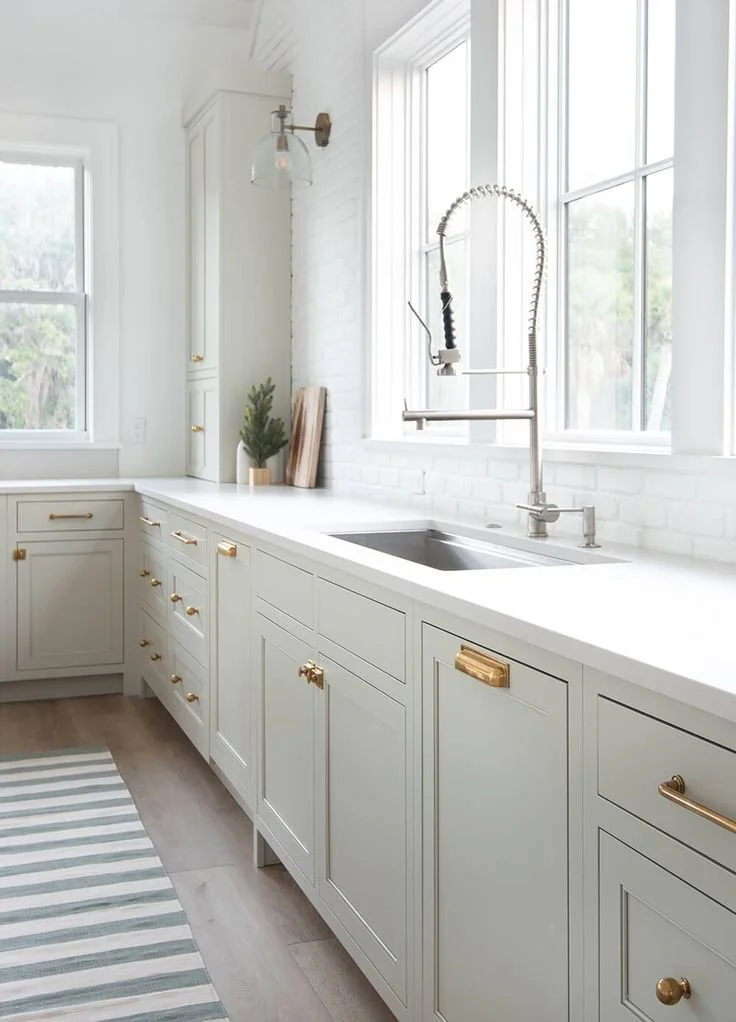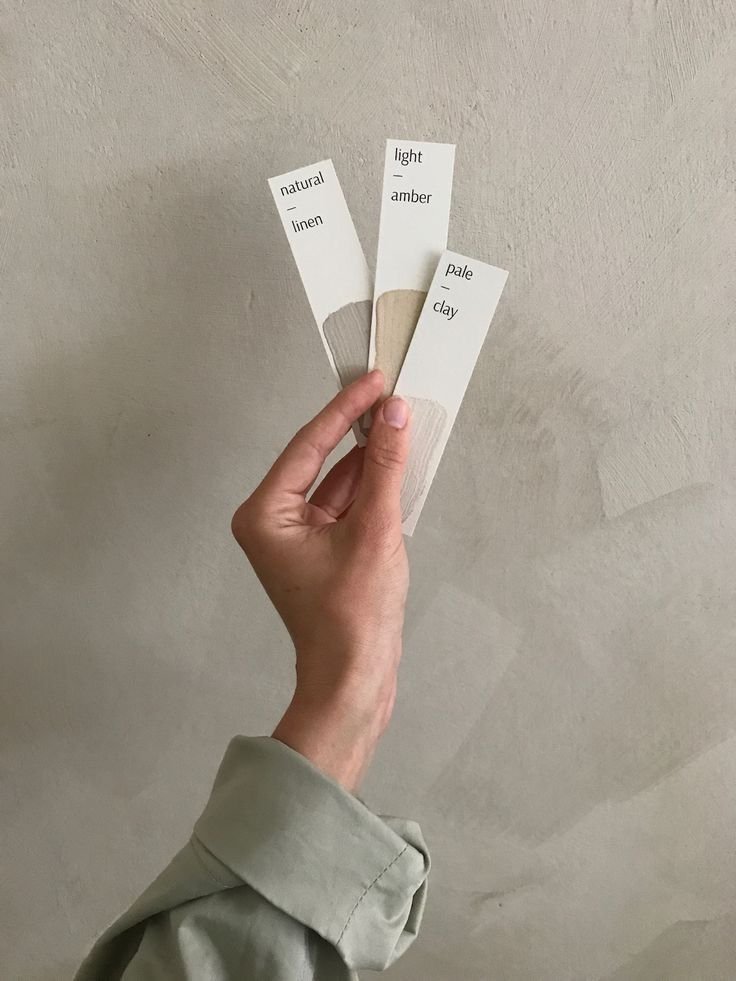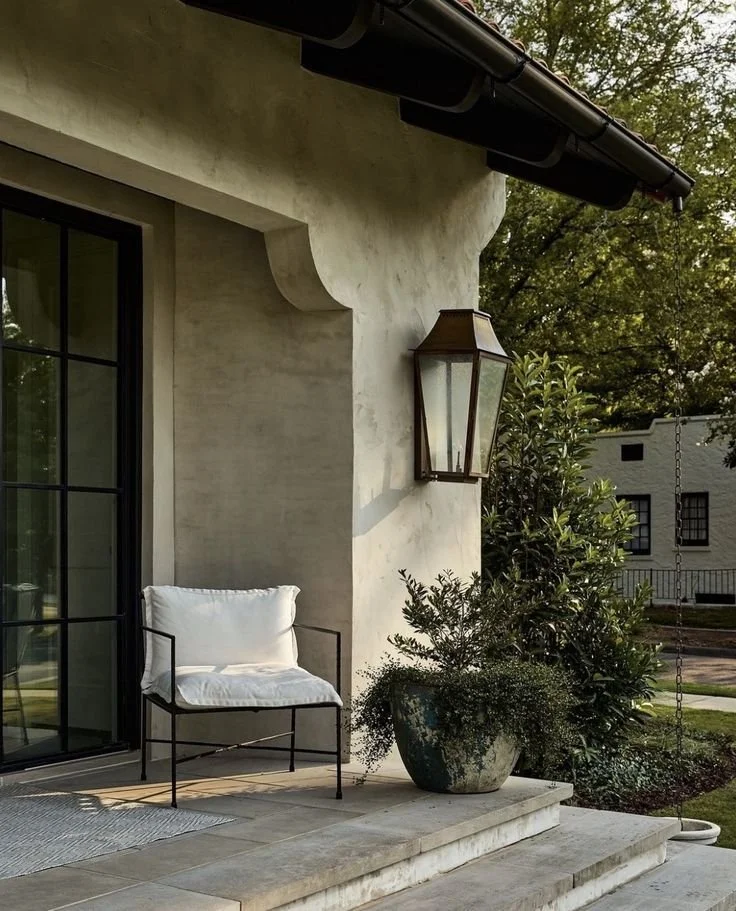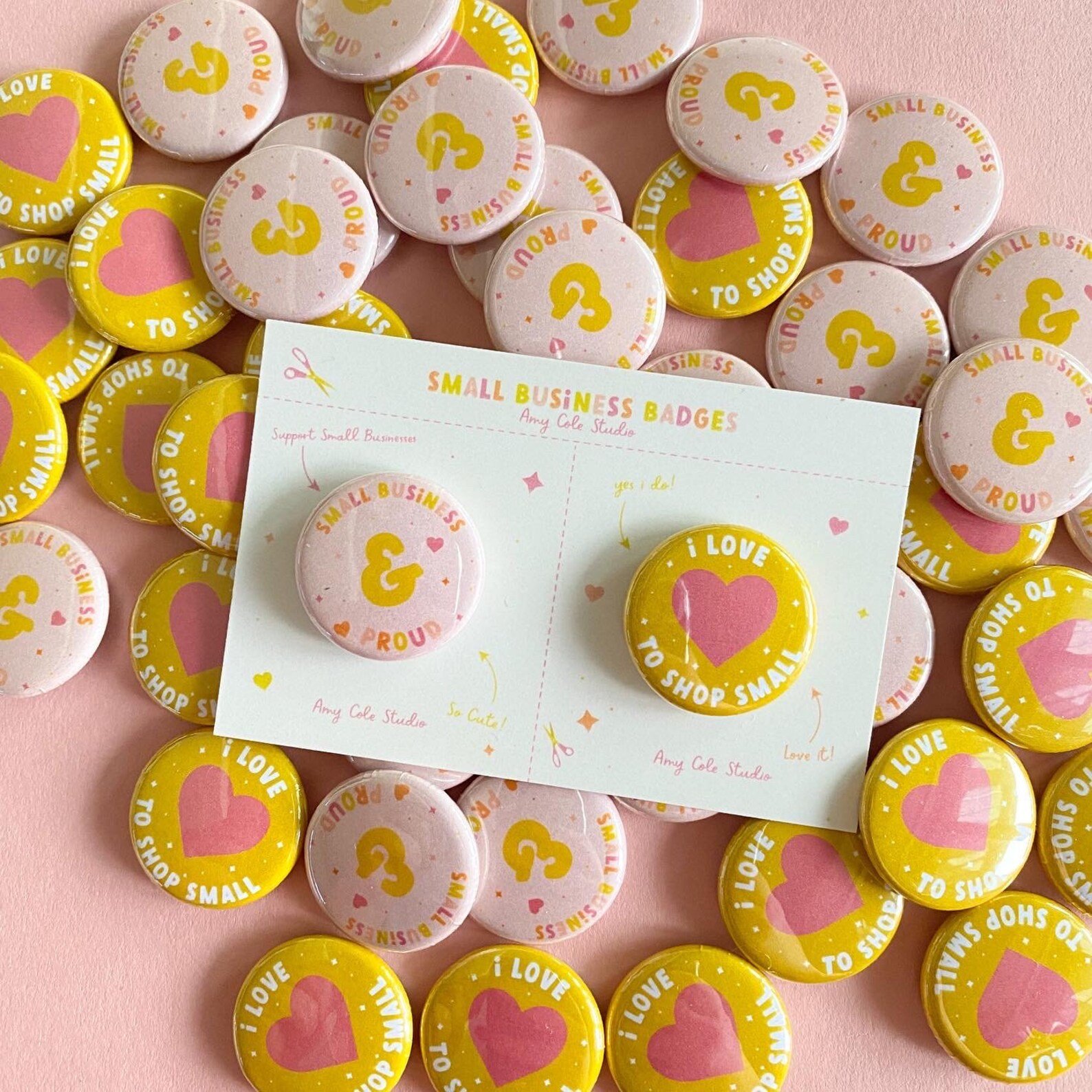There’s something undeniably delightful about easing into a lazy Sunday with a brunch spread that invites you to linger at the table longer than usual. It’s a time to indulge, to savor, and to enjoy the simpler pleasures of good food shared with loved ones.
The following recipes are designed with relaxation in mind, perfect for those Sundays when you want to enjoy decadent flavors without the rush. From classic breakfast dishes to a taste of the seaside, each recipe offers something special to make your weekend feel like a mini-vacation.
No. 1
Classic French Toast
Start your brunch with a dish that feels like a warm hug: classic French toast.
The key to exceptional French toast lies in the bread—thick slices of brioche or challah work best, soaking up the egg mixture to create a custardy interior and a crisp exterior. Dip each slice in a mixture of eggs, milk, a dash of vanilla, and a sprinkle of cinnamon, then cook on a buttered skillet until golden brown. Serve with a generous drizzle of maple syrup, fresh berries, and a dusting of powdered sugar for a truly indulgent start to your day.
No. 2
Seaside Flavor with Clam
Bring the flavors of the coast to your brunch table with an easy clam bake, a fun and flavorful way to enjoy seafood in the comfort of your home.
This dish combines clams, corn on the cob, small potatoes, and andouille sausage in a single pot, steamed with beer and seasoned with Old Bay seasoning for a truly memorable meal. It’s a communal dish best enjoyed spread out on a newspaper-covered table, where everyone can dig in and enjoy the feast.
No. 3
Avocado Toast with a Twist
Elevate the ubiquitous avocado toast by experimenting with a variety of toppings to add texture and flavor.
Start with a thick slice of sourdough bread, toasted to perfection. Mash ripe avocado, and spread it generously on the toast. Then, get creative—top with crumbled feta cheese, cherry tomatoes, and a sprinkle of red pepper flakes for a kick, or go sweet with sliced strawberries and a drizzle of balsamic glaze. The possibilities are endless, allowing for a new experience each time.
No. 4
Fluffy Blueberry Pancakes
No brunch is complete without a stack of fluffy pancakes, and this blueberry version promises to please.
The secret to fluffy pancakes is not to overmix the batter; lumps are perfectly fine. Gently fold fresh or frozen blueberries into the batter before spooning it onto a hot griddle. Cook until bubbles form on the surface, then flip to cook the other side to golden perfection. Serve with a knob of butter and warm maple syrup for a simple yet satisfying dish.
No. 5
Savory Breakfast Skillet
For those who lean towards savory brunch options, a hearty breakfast skillet is a versatile and satisfying choice.
Start by sautéing diced potatoes in a cast-iron skillet until crispy. Add your choice of vegetables—bell peppers, onions, and spinach work well—and cook until soft. Make wells in the mixture and crack in a few eggs, then cover and cook until the eggs are set to your liking. Sprinkle with shredded cheese and serve directly from the skillet for a rustic and comforting dish.
No. 6
Homemade Granola Parfaits
For a lighter option that doesn't skimp on flavor, homemade granola parfaits are a fantastic choice.
Start by mixing oats, nuts, and seeds with a bit of honey and oil, then bake until golden and crunchy. Layer your homemade granola in glasses with almond milk yogurt and a selection of fresh fruits like berries, sliced bananas, or mango chunks. These parfaits offer a beautiful balance of textures and flavors, with the bonus of being healthy and energizing.
No. 7
Smoked Salmon Bagels
Elevate your brunch with the luxurious touch of smoked salmon bagels.
Choose high-quality, dense bagels as your base and toast them lightly. Spread a generous layer of vegan cream cheese on each half, then top with thinly sliced smoked salmon. Add capers, thinly sliced red onions, and a squeeze of fresh lemon juice for an extra zing. This dish is not only visually impressive but also packed with flavors that complement each other perfectly.
No. 8
Eggs Benedict with Easy Hollandaise
Eggs Benedict is a brunch classic that can be customized to your liking with various toppings.
A traditional recipe combines poached eggs, ham or bacon, and an English muffin, all smothered in a rich hollandaise sauce. While traditional hollandaise can be tricky, an easy blender version can save time and reduce stress. Simply blend egg yolks, lemon juice, and melted butter until smooth and creamy. Assemble your Eggs Benedict and drizzle with the sauce for a dish that's sure to impress.
No. 9
Sweet and Savory Crepes
Crepes offer endless possibilities, making them a perfect addition to your brunch menu.
Prepare a simple batter and cook thin crepes in a skillet. For savory options, fill with combinations like ham and cheese, spinach and ricotta, or mushroom and Swiss. Sweet variations can include Nutella and bananas, lemon and sugar, or strawberries and cream. Rolled or folded, crepes are a versatile dish that caters to all tastes.
No. 10
Refreshing Mimosa Bar
No brunch is complete without a signature drink, and a mimosa bar offers a fun, interactive way for guests to customize their beverages.
Set up a selection of chilled sparkling wine or champagne, various fresh juices like orange, grapefruit, and peach, and add-ins like berries or pomegranate seeds. Guests can mix and match to create their perfect mimosa, adding a bubbly, festive element to your brunch.
Takeaways
A lazy Sunday brunch is a perfect opportunity to slow down and savor the finer things in life. These scintillating recipes offer a mix of classic comfort and gourmet flair, ensuring that your brunch is anything but ordinary. From the ease of a smoked salmon bagel to the indulgence of eggs benedict, each dish has been chosen for its ability to bring joy and satisfaction to your weekend.
So, gather your loved ones, set the table, and prepare for a brunch that will be remembered long after the plates are cleared. Enjoy the process, relish in the flavors, and most importantly, cherish the company.



































